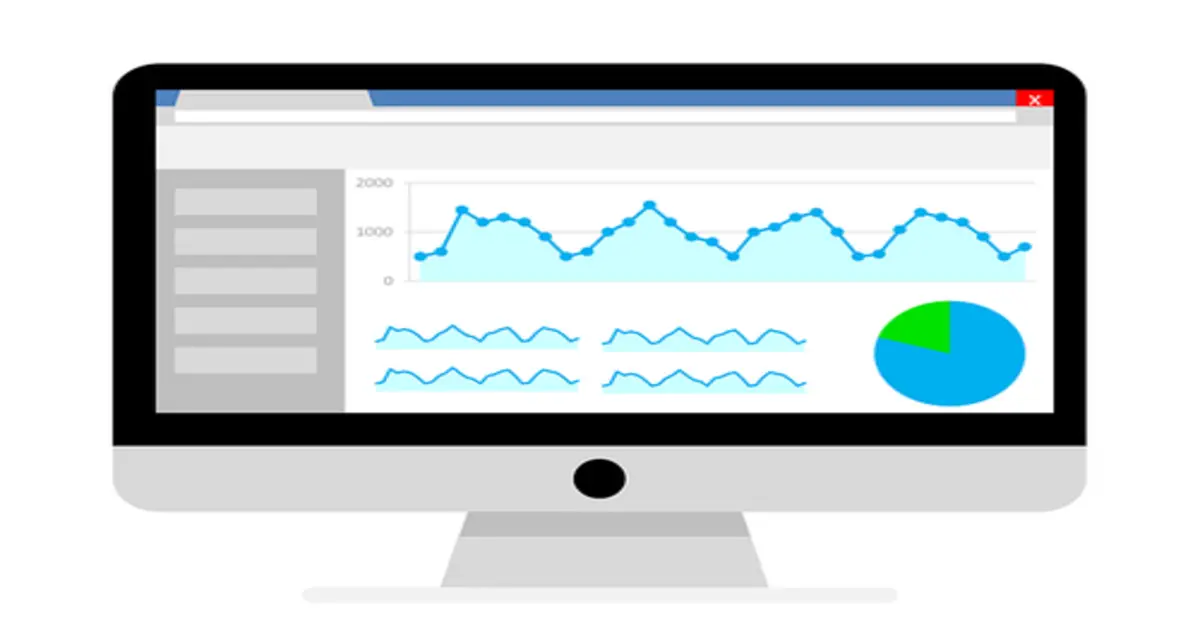How Can AI Be Used in Data Engineering? In today’s data-driven world, companies rely mostly on data to make informed decisions, gain insights, and build innovation. Data engineering plays a crucial role in this process, as it involves the collection, transformation, and preparation of data for analysis. As the volume and complexity of data continue to grow, the role of data engineering becomes even more critical.
Enter artificial intelligence (AI), which has the potential to transform the field of data engineering in profound ways. In this article, we will explore what data engineering is, the various ways AI can be used in data engineering, the benefits it brings, and the potential risks associated with its adoption.
What is Data Engineering?
Data engineering is the method of collecting, transforming, and organizing data for analysis and reporting. It serves as the foundation for data analytics, business intelligence, and machine learning applications. The job of the data engineers is to design and maintain data pipelines, maintaining data quality and reliability. They make data accessible to data scientists and analysts.
Data Engineering Involves Several key Tasks, Including:
- Data Collection: Collecting data from many sources, such as databases, external APIs, logs, and more.
- Data Transformation: Cleaning and structuring data to make it suitable for analysis, including data validation, normalization, and aggregation.
- Data Storage: Storing data in a format that is efficient and accessible for analysis, such as in data warehouses or data lakes.
- Data Integration: Combining data from several sources to create a unified view.
- Data Governance: Ensuring data security, compliance, and quality.
Ways of Using AI in Data Engineering
AI can be a game-changer in data engineering, enhancing efficiency, scalability, and the ability to handle complex data tasks. Read below to learn how to integrate AI in data engineering.
Data Extraction
AI can be used to automate the extraction of data from various sources. Natural Language Processing (NLP) algorithms can assist in interpreting unstructured text data, while computer vision can obtain information from images and videos. For example, AI-powered chatbots can scrape data from customer interactions, and AI-driven web crawlers can collect information from websites.
Data Transformation and Cleansing
Data cleaning and transformation are often time-consuming and error-prone tasks. AI techniques, such as machine learning algorithms, can automate the identification and correction of data inconsistencies and anomalies.
For instance, outlier detection algorithms can flag unusual data points for review, and auto-correction algorithms can fix common data errors.
Predictive Data Modeling
AI can be used to predict data transformation requirements based on historical patterns. Machine learning models can analyze past data transformations and suggest optimal transformation steps for new data sources. This reduces the manual effort required for data preparation and ensures data consistency.
Data Integration
Integrating data from multiple sources can be a complex task. AI can help automate the mapping of data schemas, detect relationships between different datasets, and suggest data integration strategies. This accelerates the process of creating a unified view of data.
Data Quality Management
Maintaining data quality is paramount in data engineering. AI-powered data quality tools can continuously monitor data for errors, duplicates, and inconsistencies. These tools can automatically identify and rectify issues, ensuring that the data remains accurate and reliable.
Natural Language Processing for Metadata Generation
NLP algorithms can be used to automatically generate metadata for datasets. This metadata can include descriptions, data lineage, and data quality information. AI-driven metadata generation makes it easier for data engineers and analysts to understand and work with data.
Performance Optimization
AI can be applied to optimize the performance of data pipelines and data storage solutions. AI algorithms can monitor system performance and adjust configurations in real time to ensure efficient data processing and storage.
Also See: How to Become a Prompt Engineer Without a Degree
Benefits of Using AI in Data Engineering
The integration of AI into data engineering processes offers several compelling advantages:
Increased Efficiency
AI automates repetitive and time-consuming tasks, allowing data engineers to focus on more strategic activities. This leads to faster data processing and reduced operational costs.
Improved Data Quality
AI-driven data quality tools can identify and rectify data errors and inconsistencies more effectively than manual processes. This results in higher-quality data for analysis, reducing the risk of making decisions based on incorrect information.
Scalability
AI-powered data pipelines can handle larger volumes of data and adapt to changing data sources and formats. This scalability is essential in today’s data-rich environment.
Data Discovery
AI can assist in discovering hidden insights within data. Machine learning models can uncover patterns and trends that might not be apparent through manual analysis, enabling more informed decision-making.
Cost Reduction
By automating data engineering tasks, organizations can reduce the labour costs associated with data preparation and processing. It allows companies to allocate resources properly.
Enhanced Data Security
AI can help identify and mitigate security threats to data. Machine learning algorithms can detect anomalies and unauthorized access, improving data security.
Potential Risks of Using AI in Data Engineering
While AI offers numerous benefits to data engineering, there are also potential risks and challenges that organizations should be aware of:
Data Bias
AI models can inherit biases found in the training data. If not carefully managed, these biases can lead to incorrect data transformations and biased insights.
Data Privacy Concerns
Automated data extraction and processing may raise concerns about data privacy and compliance with regulations like GDPR. Organizations must ensure that AI-powered data engineering processes adhere to data protection laws.
Dependence on AI
Overreliance on AI in data engineering can lead to a loss of human oversight. It is important to strike a balance between automation and human intervention to maintain control and accountability.
Technical Challenges
Implementing AI in data engineering requires technical expertise and resources. Organizations may face challenges in acquiring the necessary AI talent and infrastructure.
Model Interpretability
AI-driven data transformations and cleaning can be challenging to interpret. Data engineers may find it difficult to understand and troubleshoot issues in AI-driven pipelines.
Conclusion
Artificial intelligence has the potential to revolutionize data engineering by automating tasks, improving data quality, enhancing scalability, and unlocking insights from data. As organizations continue to deal with increasing data volumes and complexity, AI can be a valuable ally in streamlining data engineering processes. However, it is essential to navigate the potential risks and challenges associated with AI adoption, including data bias, privacy concerns, and technical hurdles.
To fully harness the power of AI in data engineering, organizations should invest in the development of AI-driven tools and processes, while also maintaining human oversight and expertise. By striking the right balance and leveraging AI as a complementary force, businesses can unlock the full potential of their data, make informed decisions, and stay competitive in today’s data-driven landscape.

